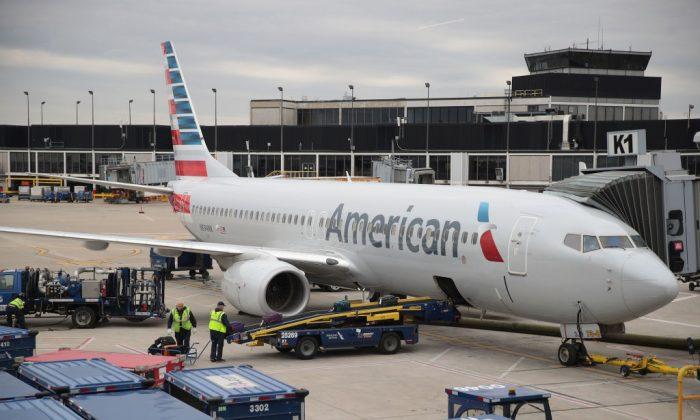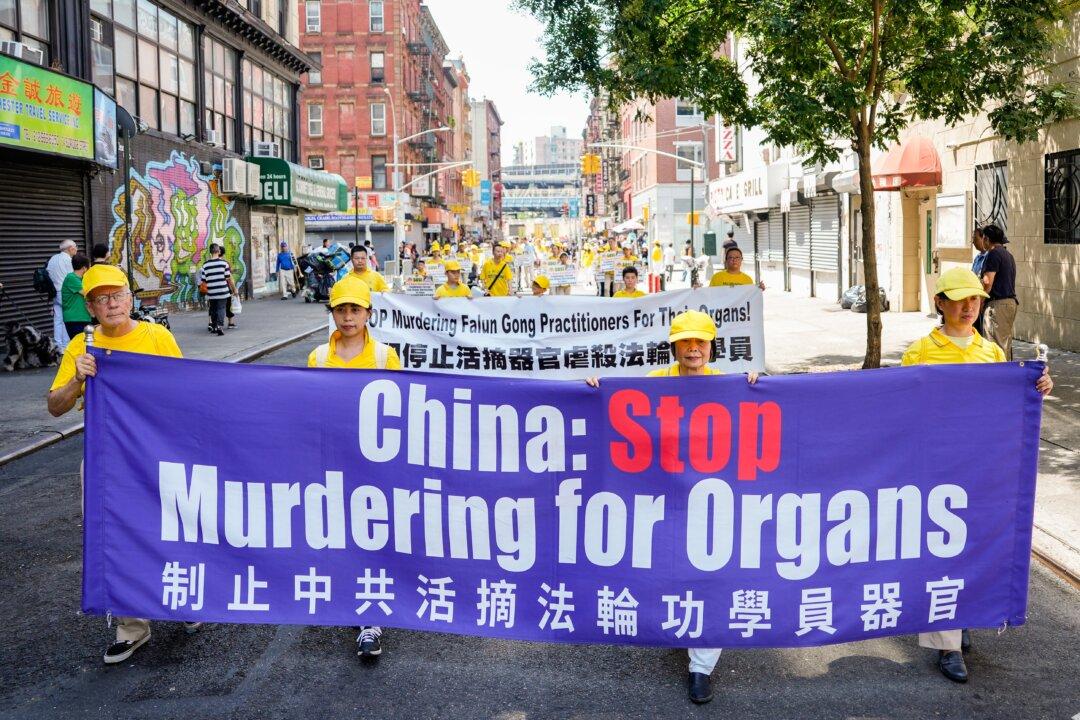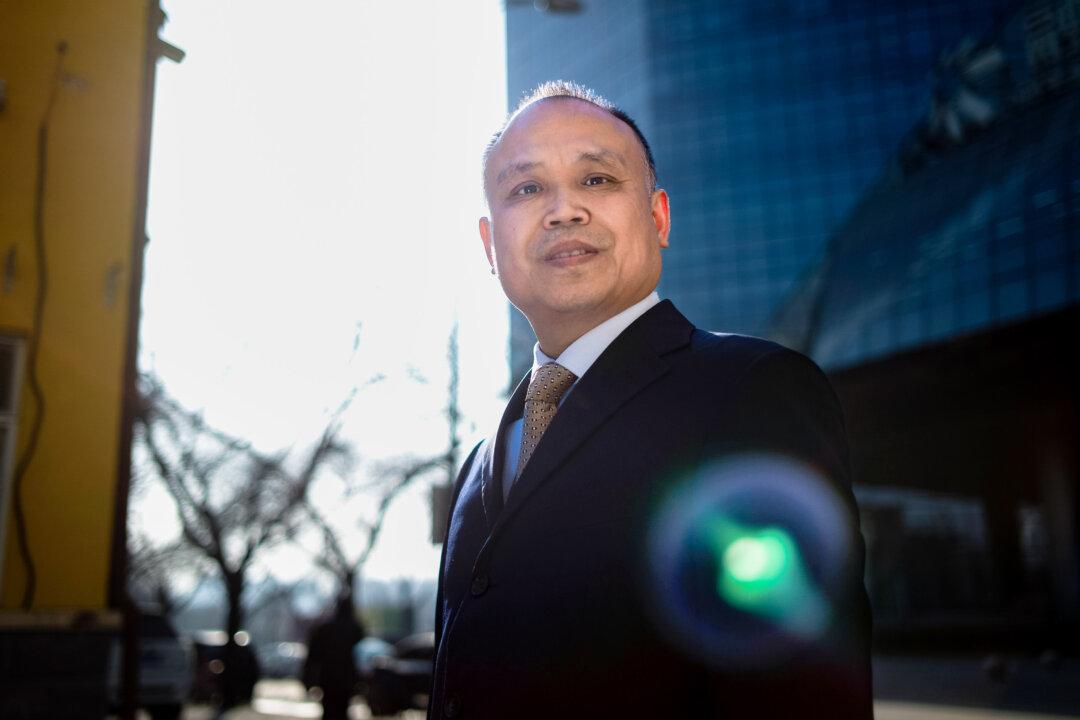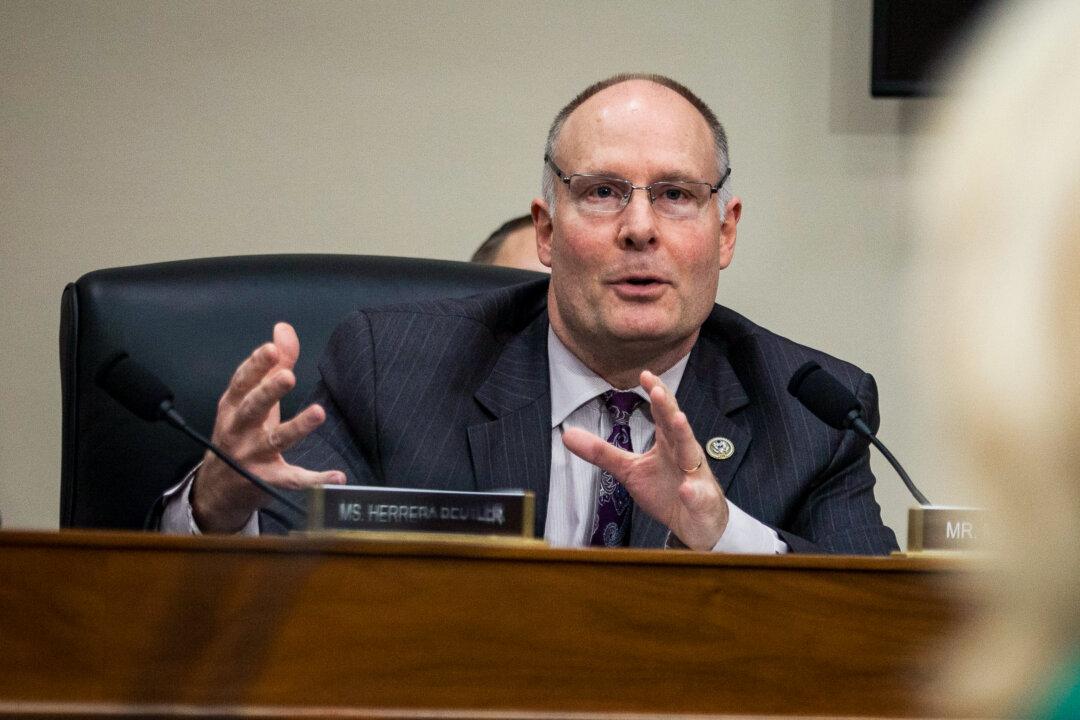U.S. airlines are losing market share to some Chinese state-backed competitors, which have the benefit of hefty subsidies from central and local governments in China.
Two U.S. airlines recently announced plans to cancel routes to China, according to an Aug. 21 report by Reuters. American Airlines, the largest U.S. carrier by passenger volume, said it would drop a route between Chicago and Shanghai, canceling the second direct flight from the U.S. city to China in four months. In May, American had pulled the plug on a Chicago–Beijing route.
“The two China routes ... have been colossal loss-makers for us,” said Vasu Raja, American’s vice president of network and schedule planning, adding that high fuel costs had also made the route unsustainable.
On the same day, Hawaiian Airlines said that after China’s National Day holiday period (Oct. 1 through Oct. 7 this year), it is suspending its three-times-a-week nonstop service between Honolulu and Beijing, which it originated in 2014, citing slower-than-expected growth in demand.
For the Chinese regime, the number of international flights and the competitiveness of its domestic airlines within the international market is considered a benchmark for the “greatness” of China.
This was explicitly outlined in the China Civil Aviation Administration’s (CAAC) “Twelfth Five-Year Plan” issued in May 2011. Among the goals outlined in the plan: Chinese airlines should “increase their transportation ability” as a “core of their mission”—a “fundamental requirement for what is a great aviation country.” To achieve this goal, the CAAC said airlines should establish “easy, smooth domestic and international route networks.”
Soon after the plan’s release, Chinese airliners began expanding their global operations. According to data by the Centre for Aviation (CAPA), an Australia-based market research firm for the aviation and travel industry, published in October 2017, Chinese airlines had established routes to 24 intercontinental destinations by 2013. Now, the number has surpassed 100.
The rapid expansion came as a result of government subsidies. Four of China’s biggest airlines—China Southern Airlines, Air China, China Eastern, and Hainan Airlines—received a total of 3.213 billion yuan (about $467.8 million) in government subsidies in 2016, an increase of 31.3 percent from a year earlier, according to a Jan. 8 article by Chinese news site Jiemian.
China Eastern, which operates Beijing–Chicago and Shanghai–Chicago routes, received 176 million yuan (about $25.6 million) in subsidies in 2017 and 138.8 million yuan (about $20.2 million) this year, from the CAAC.
Municipal governments also offer subsidies to entice domestic airlines into operating international flights to their cities. That can elevate a city’s international reputation, while drawing profits from tourism and potential foreign investors.
One of the Chinese cities that has provided heavy aviation subsidies is Shenzhen, a southern city that borders Hong Kong. According to another article Jiemian published in April, the Shenzhen government offered Hainan Airlines 175.5 million yuan (about $25.6 million) for the next three years to help it operate flights to cities in North America and Europe, including Oslo, Vienna, Tel Aviv, Zurich, and Vancouver.
In addition to Shenzhen, other second-tier Chinese cities have provided subsidies to airlines to try to attract international flights. They include Chengdu, the capital of Sichuan Province in the southwest of China; Wuhan, the capital of Hubei Province; Changsha, the capital of Hunan Province; and Qingdao, a city in Shandong Province in the country’s east.






Friends Read Free